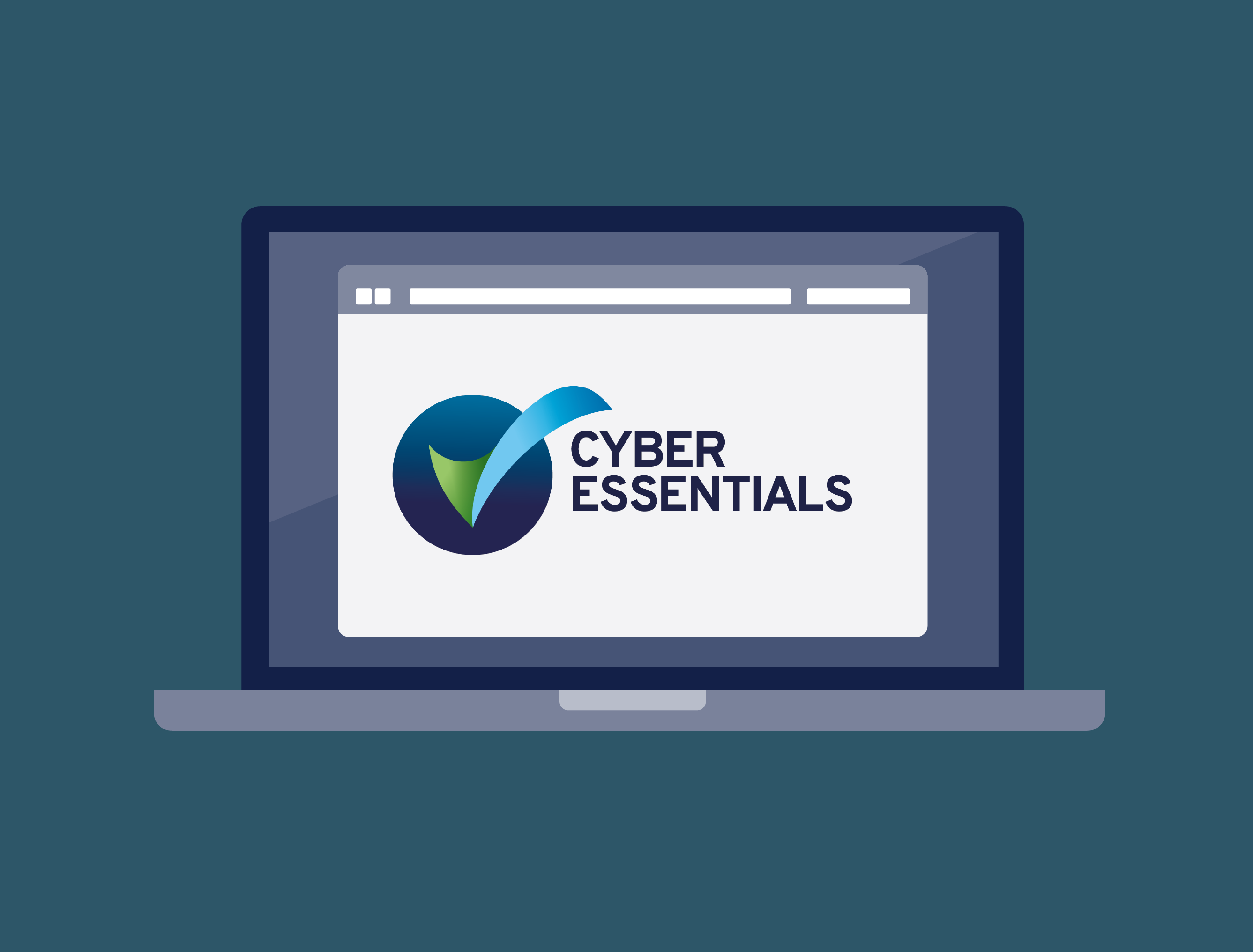
Latest business IT news
Ratcliff IT support small business in the London area, including Westminster, City of London, Camden and Islington.


Business Impact Analysis 101 For Business Leaders
Disasters aren’t always the biggest threat to your business; uncertainty often is.

IT and Cyber Insurance: Why You Can't Afford to Ignore Either
Cyberthreats are evolving fast, especially with the rise of AI-powered attacks.

Cyber Insurance Basics: What Every Business Needs to Know
Cyberattacks rarely come with a warning, and when they hit, the damage can be fast and costly.

The Role of IT Service Providers in Mitigating IT Risks
In today’s fast-moving business landscape, change is constant and often unpredictable. Markets can...

Watch Out for These Phishing and Social Engineering Techniques
As a business owner, you understand the risks that phishing and social engineering attacks pose to...

Social Engineering Attacks: The Secret Behind Why They Work
Cybercriminals don’t need to use brute force or write malicious code to break into your systems....


The Importance of IT Support for Small Businesses
Many small businesses face the same struggles. Slow support, recurring issues, or systems that...

Outsourcing IT Support: Pros and Cons Every Business Should Know
When it comes to keeping your business running smoothly, few things are as important as having...

The Hidden Costs of Reactive IT: Why a Proactive Approach Is Worth the Investment
Think about the last time an unplanned IT problem disrupted your business operations.

3 Reasons To Partner With An Excellent IT Service Provider
Running a business is a balancing act. You’re constantly managing growth, operations and security...
Copyright © 2025 Ratcliff IT. All Rights Reserved
